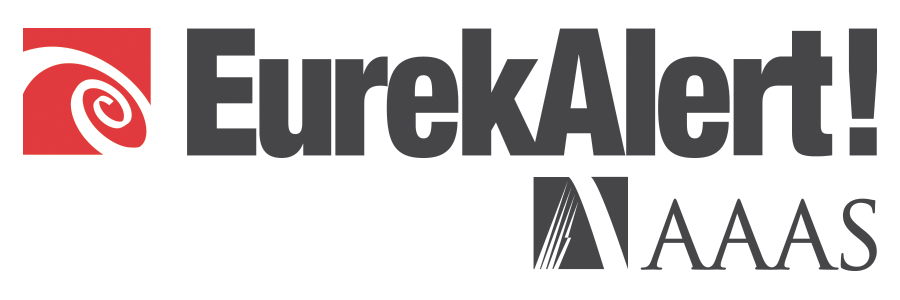
BOSTON – With the advent of new therapies, cancer patients are surviving longer than ever before — but the incidence of side-effect chemotherapy-induced cardiomyopathy (CHIC), or weakness of the heart muscle, is increasing. Research published in JAMA has shown that treating CHIC with commercially available cardiac resynchronization therapy (CRT) delivered through a surgically implanted defibrillator or pacemaker can significantly improve patient outcomes.
“Chemotherapies are systemic toxins,” said lead author Jagmeet P. Singh, MD, DPhil, associate chief of cardiology at Massachusetts General Hospital (MGH). “Patients take them to kill the cancer cells but they can also affect different organs and tissues in the body.”
Anthracyclines and other drugs used to treat breast cancer and lymphomas are particularly likely to have a negative effect on the heart muscle and result in reduced heart function in approximately 9 percent of patients treated with them. Sometimes, along with the negative effect on the heart muscle, the chemotherapy may also impact the electrical system in the heart, resulting in an abnormal contraction pattern. When contractions in the heart’s right and left sides aren’t synchronized, said Singh, “the heart begins to progressively fail because it becomes less and less efficient.”
While using cardiac resynchronization therapy is “pretty standard therapy for conventional patients with reduced heart function and abnormal electrical activation within the heart,” according to Singh, to his knowledge their use in former cancer patients has never before been evaluated in a systematic way. “It’s an orphaned cohort of patients. Nobody knows who they ‘belong’ to — oncologists, cardiologists, internists?” Added to that, he said, CHIC is associated with decreased quality of life and poor clinical outcomes and is rarely treated aggressively. “There may be some unconscious physician bias because the prognosis isn’t good to start with,” he added.
The study was small but complex, coordinating with 12 cardio-oncology programs across the United States to enroll 30 patients between 2014 and 2018. Four of the patients had CRT pacemakers and 26 had CRT defibrillators implanted, and six months after surgery, the devices were found to increase left ventricular ejection fraction — a measure of blood flow from the heart — by a mean of 11 percentage points, a difference that is statistically significant and clinically meaningful.
“This study shows that there is hope for cancer survivors with heart failure and they can actually do quite well if they are candidates for this therapy,” said Singh. “This is important for physicians to recognize. Many of these patients are slipping through the cracks.”
###
The study’s co-authors are Scott D. Solomon, MD, of Brigham and Women’s Hospital; Michael G. Fradley, MD, of Moffitt Cancer Center at the University of South Florida in Tampa; Ana Barac, MD, PhD, of MedStar Washington Hospital Center & MedStar Heart and Vascular Institute in Washington, DC; Christopher A. Beck, PhD, of the Department of Biostatistics and Computational Biology at the University of Rochester; and Kristina A. Kremer, BSN, Mary W. Brown, RN, MS, Scott McNitt, MS, Susan Schleede, MS, Wojciech Zareba, MD, PhD, Ilan Goldenberg, MD, and Valentina Kutyifa, MD, PhD, of the Cardiology Division of the University of Rochester Medical Center.
About the Massachusetts General Hospital
Massachusetts General Hospital, founded in 1811, is the original and largest teaching hospital of Harvard Medical School. The MGH Research Institute conducts the largest hospital-based research program in the nation, with an annual research budget of more than $1 billion and comprises more than 8,500 researchers working across more than 30 institutes, centers and departments. In August 2019 the MGH was once again named #2 in the nation by U.S. News & World Report in its list of “America’s Best Hospitals.”
Disclaimer: AAAS and EurekAlert! are not responsible for the accuracy of news releases posted to EurekAlert! by contributing institutions or for the use of any information through the EurekAlert system.

